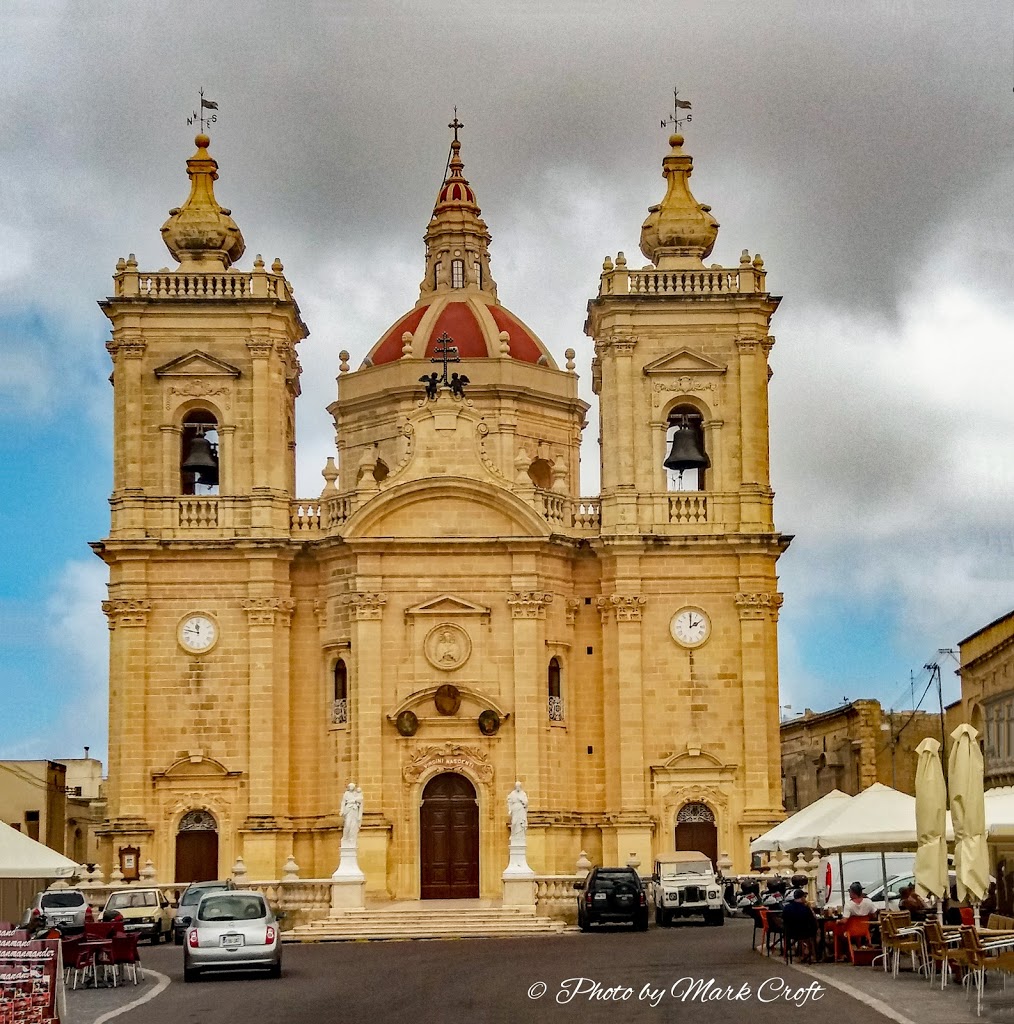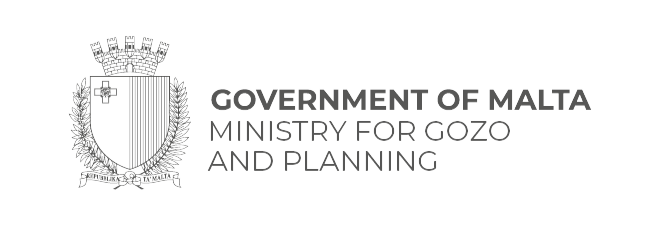Picturesque ix-Xagħra has a particularly rich historical heritage and therefore plenty to offer the visitor. Built on a lengthy stretch of high ground northeast of the capital, ix-Xagħra is encircled by the beautiful bays of Ramla (the island’s best beach), Għajn Barrani and Marsalforn, while the valleys of Ramla, Ta’ l-Għejjun and Marsalforn caress this lovely village.
Ix-Xagħra is surrounded by fertile valleys and some of the best agricultural land in Gozo. It is perhaps not surprising then that the area has been settled since the earliest times. Ix-Xagħra is home to the extraordinary UNESCO World Heritage Ġgantija temple complex, consisting of two Neolithic stone temples built from as early as 3600BC making them amongst the oldest freestanding stone buildings in the world.
Down the road from the temples (and with entry on a combined ticket) is the Ta’ Kola Windmill, a restored eighteenth-century windmill, with its original mechanism and restored miller’s living quarters.
A curious ix-Xagħra museum that should not be missed is the Pomskizillious Museum of Toys, with a display of antique toys and a waxwork of artist and rhyme-writer Edward Lear who coined the term pomskizillious to describe the remarkable coastal landscape of Gozo.
Beneath two private houses on residential streets in ix-Xagħra are surprise finds – caves. Xerri’s Grotto and Ninu’s Cave are renowned for the fantastical shapes of their stalagmites and stalactites, formed over the ages by the slow filtration of rainwater through the limestone. On the edge of town overlooking a splendid view of Ramla Bay, is a different kind of cave – the mythological Calypso’s Cave, supposed home of the nymph Calypso in Homer’s Odyssey.
A Medieval chapel, dedicated to St Anthony Abbot was ix-Xagħra’s first parish chruch after it gained parish status in 1688 and still stands. The much larger Basilica that dominates the central square and serves the parish today is dedicated to the Nativity of the Blessed Virgin Mary. The festa is celebrated every 8th September, which besides being the feast of the Natvity of Our Lady is also “Il-Festa tal-Vittorja”, The Victory Feast, commemorating the victory of the Maltese under the Knights of St. John over the Ottoman Turks in the Great Siege of 1565.
Accessible for persons with a disability.
OPEN IN GOOGLEMAPS

















